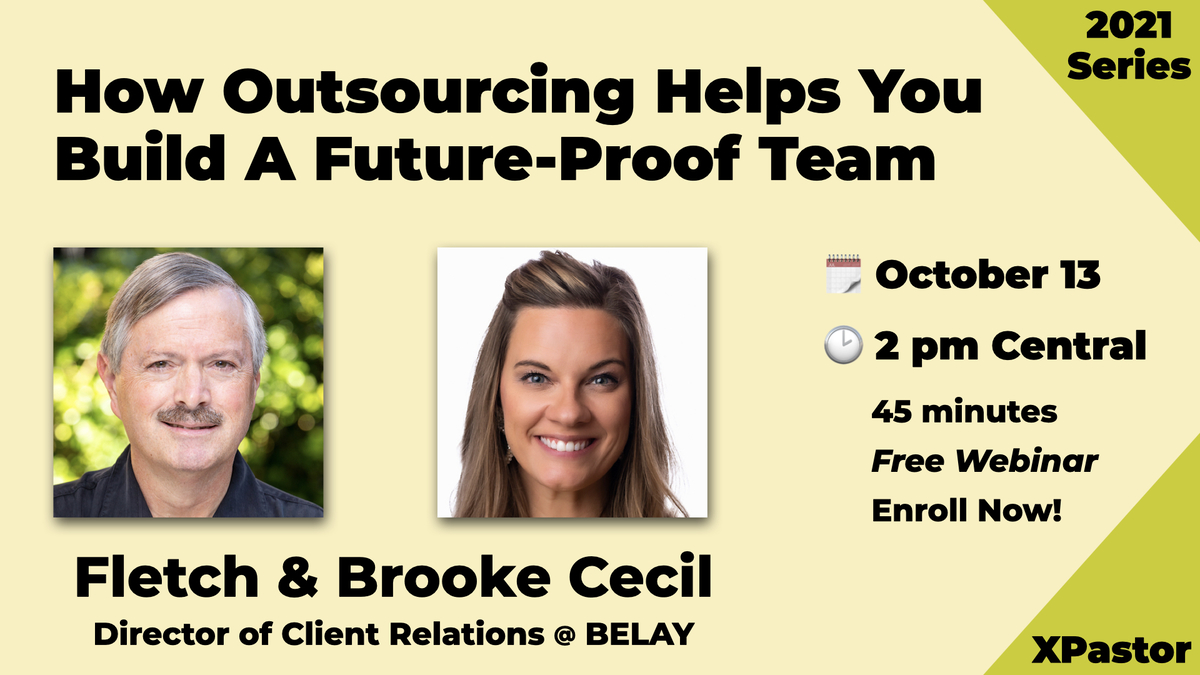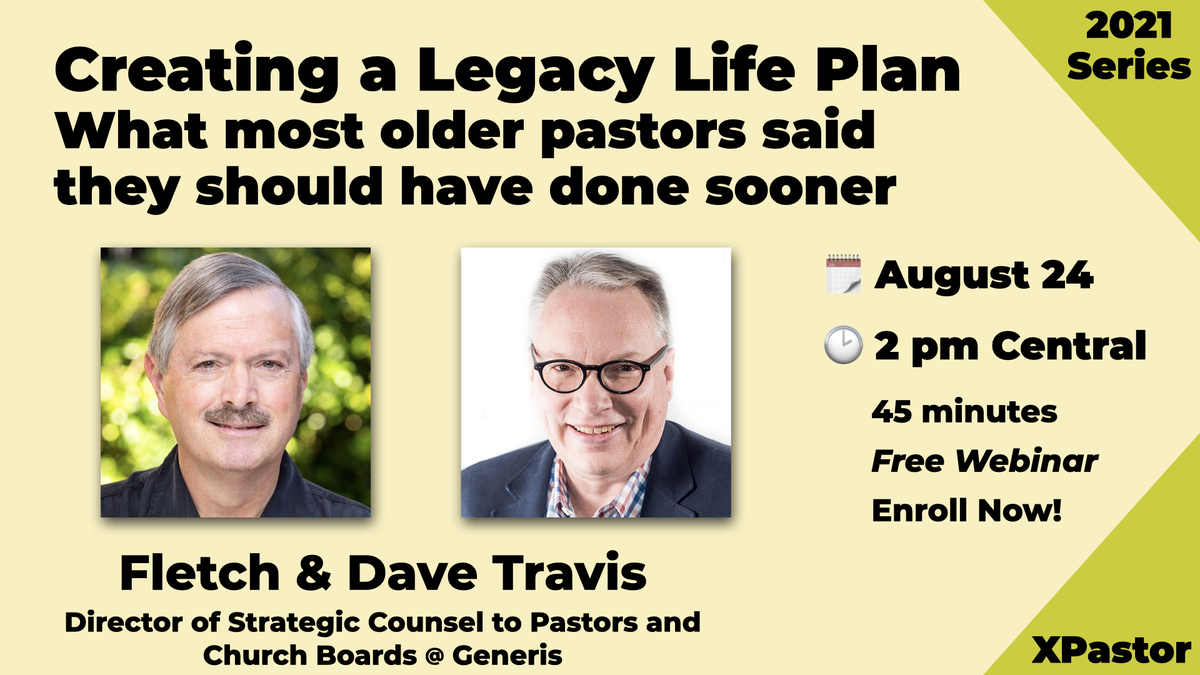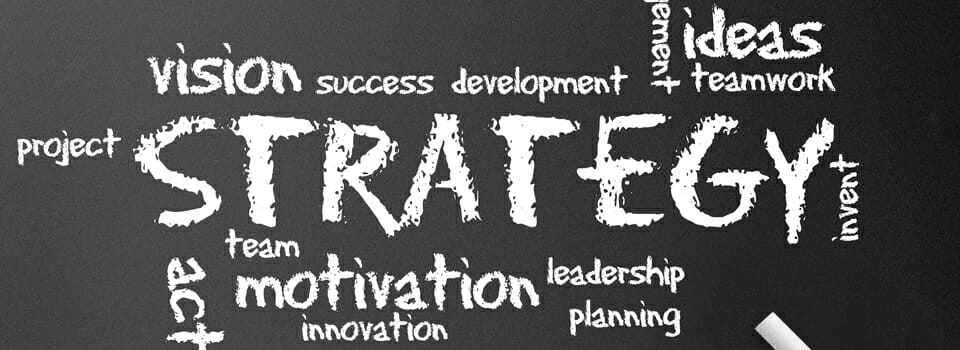Excerpt from Culture Wins: The Roadmap to an Irresistible Workplace
I’ll never forget the first time I hired someone and felt good about it. We shook hands over a cup of coffee, and I walked away from that hire knowing I’d made the right decision for my company. More importantly, I’d made the right decision for my new employee. I knew he’d be happy working at my church staffing company, Vanderbloemen Search Group.
Hiring people with the right skills has always been important to me, but it took me years to realize that, as a business owner, hiring people who would be happy working for my company was just as important—perhaps even more important. A good cultural fit between my company and the people who worked there didn’t only improve their quality of life, but it also affected my business.
Earlier in my career, I didn’t understand how important culture was to an organization’s success. At thirty-one years old, I was the senior minister at the First Presbyterian Church in Houston, Texas. Sam Houston, the man who brought Texas into the United States in the nineteenth century, went to that church. Close to five thousand adults and a couple thousand of their kids called First Presbyterian home. There was a school, a preschool, and hundreds of employees. It was a big church, and while I was there, the attendance grew a little and the median donor age dropped. I’m proud of the contributions I made but wish I had known then what I know now about the importance of culture in any organization. A lot of the staff left while I was the senior minister. In hindsight, I know it was because we didn’t have a great culture. Worse, I know now that I was the pacesetter for that culture.
I ended up leaving the First Presbyterian Church of Houston and went to work in the corporate world for a few years before starting my own company. Hiring one person at a time, I put a lot of thought into whom I was surrounding myself with, and whom I’d betrusting with my clients. We grew organically, one hire at a time, and I slowly built a business staffed by employees who didn’t just like the work; they also liked working together. A culture was developing within my business, and it was the kind of culture that benefitted my employees, my clients, and me.
I Got a Surprise.
One by one, I added more people to Vanderbloemen Search Group until we had grown to a legitimate business with a Houston office, a couple dozen employees, and more than one hundred clients. In 2015, I was traveling for work and staying at a hotel in Baltimore when I received a phone call. It was someone from Entrepreneur magazine. I knew the people at my company had taken some kind of survey, and the call was about the results of the survey.
Turns out, we won best company culture in the whole country.
I was stunned. According to what the man told me, my little business didn’t just win the award for best culture at companies in the city of Houston or the state of Texas, or all faith-based organizations; we were selected from all the businesses in America. I was dumbfounded. I thought for sure an award like that would go to a high-tech firm in Silicon Valley, a place with ping-pong tables and all-you-can-eat buffets for the employees. After that, we won more awards and landed on more lists, including Entrepreneur’s Top 5 Company Culture, in 2015 and 2016, and Houston Business Journal’s Best Places to Work, in 2015 and 2016.
At first, I found it hard to believe we were being recognized nationally for something I had unintentionally stumbled upon: building an irresistible workplace. Eventually, I accepted the accolades because they represented a lot of hard work and lessons learned. Those awards represented what’s possible when you realize there are many priorities to consider in building a successful company, but above all else—more than profits, more than process, and even more than people—culture wins.
I didn’t set out to build an irresistible workplace that attracted top talent, so when people asked me how I did it, I didn’t have a plan to share with them. I hadn’t created a roadmap to an irresistible workplace, and I didn’t yet understand that culture wins. To get a clear understanding of how I’d left a mediocre culture and helped create a thriving one, I thought about the choices I’d made at my company and how they were different from the choices I’d made earlier in my career. What had I done to foster a culture where people wanted to work with me—and wanted to work for me?
First, I looked back at what happened after I left the church and went to work in the corporate world. The company was great and the money was terrific, but I wasn’t happy with the work I was doing—it wasn’t my calling, so to speak. While I was there, the company went through some changes. The CEO left, and they replaced him with another CEO within one hundred days. By church standards, a one-hundred-day hire was unthinkable. It took us years to replace ministry leaders. The man they hired wasn’t a temporary replacement either; he was a great CEO, and the company flourished under his leadership. That made me wonder what companies like that one were doing to attract and recruit talent that I and so many others weren’t doing. Eventually, I quit that company and started my own business, but the question stuck in my head: How did organizations attract, recruit, and retain great people?
After leaving that company, I set up Vanderbloemen Search Group on a card table in my home. I didn’t know whether my idea—a for-profit, executive search firm that helped churches find their pastor—would work, but I wanted to devote my career to a company that aligned with my values and satisfied a niche market that had a real need. I knew firsthand, from my corporate experience, how miserable life could be working for a company that wasn’t a good fit. I also knew, from my experience at First Presbyterian Church, how tough it could be for an organization to succeed if the people who worked there weren’t happy. I guess I thought the pastor recruiting company idea would provide me with a little redemption for my past mistakes. In order to make good matchups between pastors and churches, I couldn’t make the same mistakes I’d made at the church. I started the business with no investors, no venture capital, and no debt, and I didn’t plan on hiring anyone to help me. Somehow, over the years, the firm grew to forty employees.
Now, people want to come to my company. They come here, they love working here, and most of them stay. The people who work for me aren’t just employees; they’re a “framily.” That’s a term I learned that refers to people who feel like friends and family in a healthy culture. In a healthy culture, the people who work with you aren’t your coworkers—they’re your framily. My employees stay longer than what I have come to see as the average tenure at a job, especially for people their age, even though some of them could find better-paying jobs. They don’t join the company to hang out with their framily, though—they work hard. I have employees who come in earlier and stay later than I do because they love the company and they love the work.
What’s the difference between the company we’ve built and a lot of other companies that aren’t doing as well on the culture front? To answer that question, I researched other companies to find out what was wrong with the traditional workplace.
I also sought out CEOs of companies that had won awards for culture to see what I could learn. As it turned out, my company and theirs had similarities in our approach and rationale for building culture, which reinforced my decisions and led to a lot of what you will read in this book.
What’s Wrong at Work?
During my research, I discovered a lot of dissatisfaction in today’s workplace. Two-thirds of Americans hate their jobs. They don’t just dislike their jobs—they literally hate them. A business where people hate their jobs can’t have a healthy culture. Moreover, as a general rule, the bigger the headcount—the more employees at a company—the worse the culture becomes. This made sense because when you’re starting a small business, everybody interacts face-to-face, and they all want to get along and make the company successful. There are common goals and everyone works together to reach them.
However, when you have five hundred people on staff, silos develop. These siloed groups can grow apart and have conflicting goals and agendas. Another common issue in today’s workplace is employers are having a tough time finding, attracting, and retaining employees, especially younger employees who were born from about 1980 to 2000.
As of the writing of this book, these “Millennials” are around twenty to forty years old. Organizations have to learn how to hire and keep younger people because they don’t have another choice. This is due to a phenomenon known as the “double-hump workforce,” which was caused by a decrease in birthrates from around 1960 to around 1980. Baby boomers, now in their late fifties to early seventies, make up a large volume of the workforce—the first “hump”—and people born in the decades leading up to the turn of the century make up the other hump. Because the number of people born between 1960 and 1980 is limited, there aren’t enough people available who have similar work experience, longevity within a company or industry, or the qualifications to take over for retiring baby boomers. The only people who can move into those spots are those from the younger generation, so employers need to hire them, train them, and get them up to speed quickly to fill those vacant positions.
Fast forward ten years from now when most of the baby boomers have left the workforce, and who is left? Companies will need to hire Millennials, and they’ll be in even higher demand a decade from now. Smart companies have already figured this out and are investing in their company culture as a way to build out their workforces, improve retention, and reduce attrition. Culture isn’t just a feel-good idea. In this century, it may be the only way for companies to survive. I already see this trend at my company where 74 percent of the staff is under thirty-five.
My company has economically great seasons and then it has lean seasons, but through the ups and downs, our culture sustains us. Every company has a baseline culture. It’s not something you map out to build but a journey of self-discovery and then self-improvement. I call that baseline culture a company or team’s culture index. We developed a tool for helping teams figure out their cultural index. It’s a first step to identifying and creating a unique team culture that creates team wins. Again, strategy is great, but in the end, culture wins. A company’s culture index can be a good indicator of how well they’re building a culture that attracts and retains employees. Although a culture index typically goes down as headcount increases, it isn’t always the case. In fact, at my company, as we added people, our culture index went up.
I share more about how, along with other key insights from top business leaders, in my book Culture Wins: The Roadmap to an Irresistible Workplace, available spring 2018.











